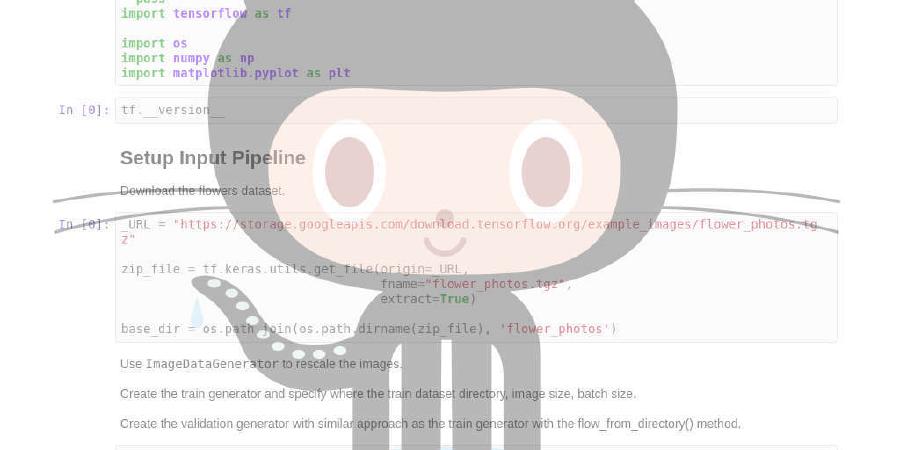LibrePCB/LibrePCB

A powerful, innovative and intuitive EDA tool for everyone!
| repo name | LibrePCB/LibrePCB |
| repo link | https://github.com/LibrePCB/LibrePCB |
| homepage | https://librepcb.org |
| language | C++ |
| size (curr.) | 43967 kB |
| stars (curr.) | 865 |
| created | 2015-06-19 |
| license | GNU General Public License v3.0 |
LibrePCB
About LibrePCB
LibrePCB is a free EDA software to develop printed circuit boards. It runs on Linux, Windows and Mac. The project is still in a quite early development stage (no stable release available). See Project Status for more information about the currently available features, limitations and known bugs.

Features
- Cross-platform (Unix/Linux/BSD, macOS, Windows)
- Multilingual (both application and library elements)
- All-In-One: project management + library/schematic/board editors
- Intuitive, modern and easy-to-use graphical user interface
- Very powerful library design with some innovative concepts
- Human-readable file formats for both libraries and projects
- Multi-PCB feature (different PCB variants of the same schematic)
- Automatic netlist synchronisation between schematic and board
Installation & Usage
Please read our user manual to see how you can install and use LibrePCB. The Getting Started guide gives you a quick introduction to LibrePCB.
In addition to the installation methods described in the user manual, Arch
Linux users can also install the package
librepcb-git from the AUR.
The package clones and builds the latest (unstable!) version of the master
branch from GitHub.
Contributing
Contributions are welcome! See our Contributing Guide for details.
For internal details take a look at the automatically generated documentation (doxygen)
Development
WARNING: The master branch always contains the latest UNSTABLE version of
LibrePCB. Everything you do with this unstable version could break your
workspace, libraries or projects, so you should not use it productively! For
productive use, please install an official release as described in the
user manual. For development, please read details
here.
Requirements
To compile LibrePCB, you need the following software components:
Prepared Docker Image
Instead of installing the dependencies manually on your system (see instructions below), you can also use one of our Docker images with all dependencies pre-installed (except GUI tools like QtCreator). These images are actually used for CI, but are also useful to build LibrePCB locally.
Installation on Debian/Ubuntu/Mint
sudo apt-get install git build-essential qt5-default qttools5-dev-tools libglu1-mesa-dev openssl zlib1g zlib1g-dev libqt5opengl5-dev libqt5svg5-dev
sudo apt-get install qt5-doc qtcreator # optional
Installation on Arch Linux
sudo pacman -S git base-devel qt5-base qt5-svg qt5-tools desktop-file-utils shared-mime-info openssl zlib
sudo pacman -S qt5-doc qtcreator # optional
Installation on Mac OS X
- Install Xcode through the app store and start it at least once (for the license)
- Install homebrew (the package manager)
- Install qt5:
brew update && brew install qt5 - Make the toolchain available:
brew unlink qt && brew link --force qt5
Installation on Windows
Download and run the Qt for Windows (MinGW) installer from here. LibrePCB does not compile with MSVC, so you must install following components with the Qt installer:
- The MinGW compiler itself
- The Qt libraries for MinGW
Cloning
It’s important to clone the repository recursively to get all submodules too:
git clone --recursive https://github.com/LibrePCB/LibrePCB.git && cd LibrePCB
Updating
When updating the repository, make sure to also update all the submodules recursively. Otherwise you may get strange compilation errors:
git submodule update --init --recursive
Building
Using Qt Creator
Building with Qt Creator is probably the easiest
way. Simply open the librepcb.pro file.
When opening a project in Qt Creator for the first time, you need to configure the Desktop kit:

Click on the “Configure Project” button to get started.
Note: To keep build time as low as possible make sure to set the correct make flags to use all available CPU cores to build. See this stackoverflow answer.
Using qmake and make
Since Qt Creator is also using qmake and make to build, it’s easy to do the same on the command line:
mkdir build && cd build
qmake -r ../librepcb.pro
make -j 8
Run LibrePCB
From Qt Creator
Select the run configuration librepcb and click on the Run button:

From Command Line
Execute inside the build directory:
./output/librepcb # Unix/Linux
open ./output/librepcb.app # Mac OS X
output\librepcb.exe # Windows
Installation
On a Unix/Linux system, LibrePCB can be installed with sudo make install.
Credits
- First of all, many thanks to all of our contributors!
- Thanks also to cloudscale.ch for sponsoring our API server!
License
LibrePCB is published under the GNU GPLv3 license.








